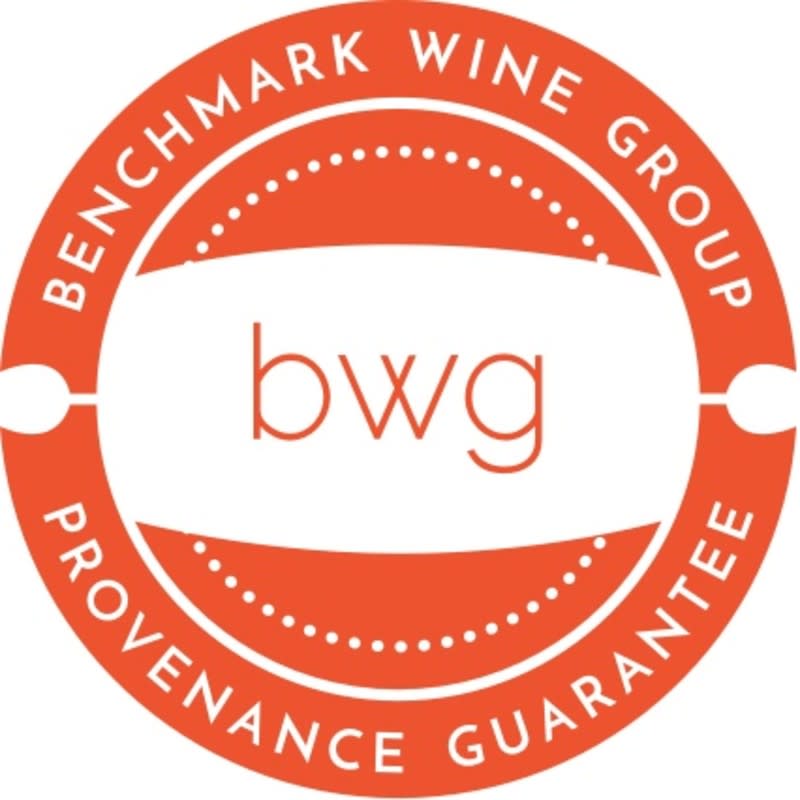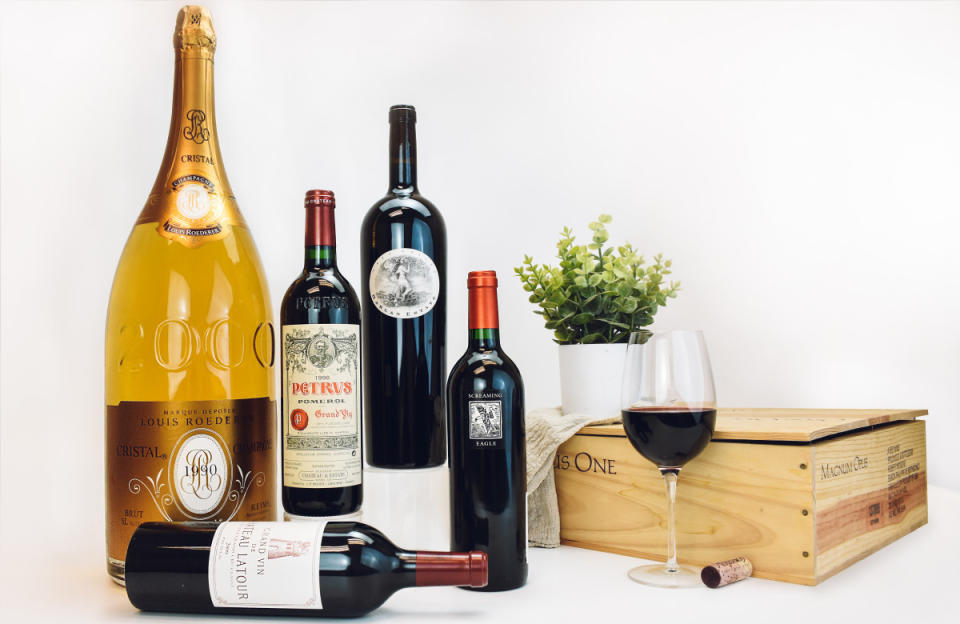Buy Burgundy With Confidence Thanks To Benchmark Wine Group's Provenance Guarantee
In a marketplace riddled with fake bottles and soaring values, there are heroes to be found. Benchmark Wine Group is the country’s leading retailer of fine and rare wines, and a respected source of Burgundy. The company's Provenance Guarantee highlights their commitment to buyers' investment, showing that customer service wins above all. Burgundy as a region has suffered many low-yielding harvests in the recent past, making it harder for consumers to get their hands on top bottlings from well known producers at their local wine stores, without having years of relationships in place to secure allocations. Collectors are scouring the internet, filling their cellars at a record pace while supply issues due to poor harvests and covid-related logistics plague availability of these hot commodities. Purchasing these coveted wines on the secondary market opens a host of questions and scrutiny: Where did the bottle come from? How was it stored? Were the conditions of the cellar ideal for keeping wine? Is the bottle authentic? Benchmark's Provenance Guarantee puts into action customer protections based on years of experience, and a desire to make sure every bottle of fine and rare wine is exactly as advertised.

Courtesy of Benchmark Wine Group
With over 330 producers represented in their inventory and vintages back to the 1960’s, Benchmark is a solution to a difficult question: “How do I find Burgundy in 2023?”
Looking for fine and rare wine? Look no further than Benchmark Wine Group.

Courtsey of Benchmark Wine Group
I caught up with Benchmark Wine Group's owner, Dave Parker, to discuss the Provenance Guarantee and the current state of fine & rare wine:
MK: Since the Pandemic, how significant of an increase in demand for Vintage wines and wines from Burgundy have you seen?
DP: A lot! While our high end restaurant and Asia business (which amounted to about 25% of our pre-pandemic business) essentially went away during the pandemic, our overall business increased by as much as 23% year-over-year due to the huge increase in direct to consumer sales.
Post-COVID, our restaurant and Asia business is returning briskly, and while our direct consumer business is now closer to pre-pandemic levels, overall, the first three quarters of 2023 look a lot like that period in 2021 in terms of sales: still very much above pre-pandemic levels and much more balanced in terms of categories of buyers.
MK: How often does your team of experts come across wines in a cellar assessment that they believe are fake / inauthentic?
DP: While we are extremely vigilant and have become expert in spotting these problems, we see very few. Of the 500+ wine cellars we acquire each year and all of the product we source from commercial sources, despite this dramatic vigilance, we have only seen one cellar that was seriously plagued with this problem (which we rejected out of hand) and a handful of loose bottles scattered in broader cellars. In all cases, when we traced the provenance back, it led to a known less-than-vigilant reseller, charity auctions, and (non-legal) private party to private party transactions.
We are very careful with our product sources: only dealing with those we are extremely confident with, and never bringing product in from Asia: where the problem still substantively exists. It also exists with knowable “too good to be true” products and a handful of less than vigilant sources.
MK: If they do believe wines are fake / inauthentic, are there techniques to ensure they do not hit the market through a different marketplace?
DP: While we can never tell a seller his product is for sure non-authentic, we tell them we cannot authenticate it, and connect them to the top commercial authenticator in the country. There is a tight knit group of top of the market “white hat” resellers that all communicate to make sure such products don’t reemerge through any of them. The few channels that operate outside of these ethical boundaries are generally well known to serious collectors.
MK: How do you handle a customer inquiry questioning the Provenance of a wine purchased from Benchmark?
DP: We outline the exhaustive process we use to track provenance of all product we buy and our long-standing relationships (some going back almost 25 years) with a great many of the providers. We also outline our detailed authentication process and the fact that we track every bottle from every seller through its sales and consumption lifetime to flag any possible problem, which, as previously mentioned, happens extremely rarely.
We also have a no-questions-asked return policy where any buyer can return an unopened bottle they have questions about for a full credit for any reason. In the handful of cases where this has happened, we work with the top commercial authenticator in the country and/or the producer to verify authenticity or (far less frequently) lack of this.
MK: In what category of Vintage Wine / Rare Wine are you seeing the most interest and sales?
DP: While Grand Cru red Burgundy jumped up the most in value over the last few years, it has cooled down somewhat (which is great for us Burgundy lovers) in favor of First Growth Bordeaux, Grand Cru white Burgundy, Premier Cru red Burgundy and Champagne.
MK: What is a sleeper category that wine collectors should be keeping an eye on?
DP: Top wines that can be served by short pour that aren’t sensitive to being open for a few days have become all the rage at top restaurants and wine bars. Madeira has already jumped way up, and Port has more recently gained strength. In this category, I’d watch next for very top limited bottling well-aged sherries.
In the dry wine category, the new-found regions on the verge of moving into the collectable/investible category include top producers on Mount Etna, in the sub-Alpine regions and some of the top producers from Spain, Chile & Argentina. Look for an overlap of commitment to ultra-careful (but low intervention) growing and production methods, with cool, carefully selected, limited terroir and a commitment to brand-building. Bio-dynamic producers are moving into this category, but “natural wine” and “orange wine” producers as a whole are not, in my experience.

